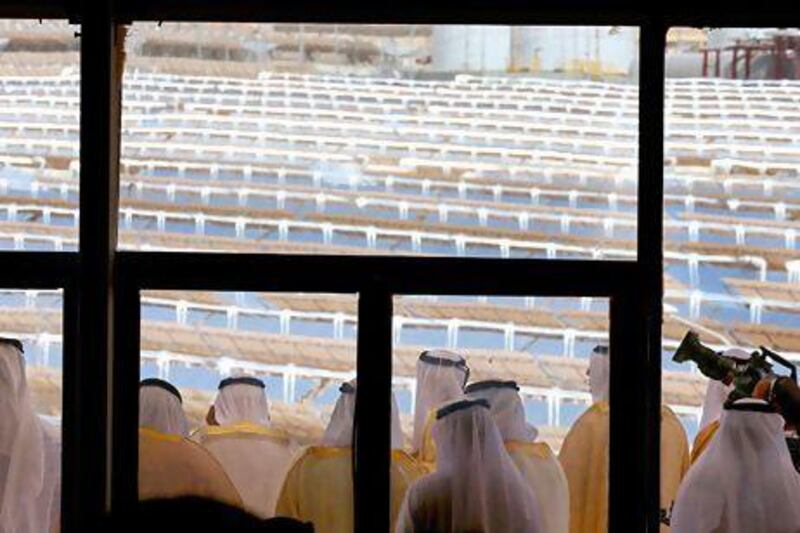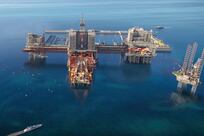Two of the largest oil producers are readying the Middle East's first big push into renewable energy, planning solar-power plants that will need more than US$1.5 billion in financing by the end of 2014.
Saudi Arabia, the biggest member of Opec, and the United Arab Emirates, fourth-biggest in the group, are seeking to add 1,000 megawatts of solar capacity, enough to electrify 200,000 homes. The forecast expansion, which includes Jordan, will require loans and export credits, said Vahid Fotuhi, president of the Emirates Solar Industry Association.
Governments across the Middle East and North Africa consider sun and wind energy as crucial for meeting the needs of growing populations and economies, with Saudi Arabia leading the way. Oil-producers want to develop renewables to conserve more crude for export, while countries relying on imported fuel see local green power as a cheaper alternative. State support for utilities and a growth in regional power demand of about 5 per cent a year mean companies such as Abu Dhabi National Energy Company can borrow at rates that are 100 basis points, or 1 percentage point, lower than Spain's Abengoa Solar.
"If you see a rising population and rising energy demand, that really helps the risk profile," Amol Shitole, a credit analyst with SJS Markets in Bangalore, India, said by telephone July 25. Projects that can pair local companies with international power-plant developers already known to lenders will have "strong support from banks," he said.
Renewables investment in the Middle East and North Africa rose 40 per cent last year to $2.9bn, according to the International Renewable Energy Agency. Spending on more than 100 projects under development, including those for solar, wind and geothermal power, could surge to about $13bn in a few years, Irena said Monday in a report released jointly with UAE government and a research group called the Renewable Energy Policy Network.
Saudi Arabia, the world's largest oil exporter, plans to invest more than $100bn to generate about 41,000 megawatts from solar energy, or a third of its total power output, by 2032. That compares with about 16 megawatts of solar capacity today, a level that places the kingdom behind Egypt, Morocco, Algeria and the UAE, according to Bloomberg New Energy Finance.
Abu Dhabi National Energy, also known as Taqa, raised about $4 billion in loans this year and in 2012. The $2.5bn in revolving credits it arranged in December include a three-year credit priced at 75 basis points more than the London interbank offered rate, and a five-year component priced at 100 basis points more than the Libor benchmark, data compiled by Bloomberg show.
Backing from the Abu Dhabi government helped Taqa achieve an A rating, the sixth-highest investment grade, at Standard & Poor's.
"Bank loans will be the way to go for financing," rather than bond sales, said Mr Shitole of SJS. Startup renewables projects would borrow more cheaply using loans and could issue bonds later to refinance their bank debt once the plants are earning steady income necessary to make regular interest payments, he said.
* Bloomberg News





